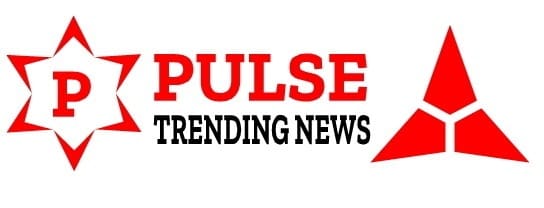
Navigating the World of Loans: A Comprehensive Guide to Finding the Best Option for Your Needs
Taking out a loan can be a significant financial decision, whether you’re planning to buy a home, finance your education, or cover unexpected expenses. The world of loans is vast and complex, with numerous options and lenders to consider. However, with the right information and guidance, you can make an informed decision that aligns with your financial goals and needs. This comprehensive guide will walk you through the different types of loans, how to determine the best loan option for you, factors to consider when choosing a lender, the loan application process, tips for managing loan debt, and alternative options to traditional loans.
Types of Loans
Personal Loans
Personal loans are versatile and can be used for a variety of purposes, such as consolidating debt, paying for a vacation, or covering medical expenses. These loans are typically unsecured, meaning they do not require collateral, and are based on your creditworthiness.
Home Loans
Home loans, also known as mortgages, are used to purchase a home. They come in various forms, including fixed-rate mortgages, adjustable-rate mortgages (ARMs), and government-backed loans like FHA and VA loans. Each type has its own set of advantages and considerations.
Student Loans
Student loans are designed to help you pay for educational expenses. They can be federal or private, with federal loans often offering more favorable terms, such as lower interest rates and flexible repayment options.
Auto Loans
Auto loans are used to purchase a vehicle. These loans are typically secured by the car itself, and the interest rates can vary based on your credit score and the type of vehicle.
Payday Loans
Payday loans are short-term, high-interest loans designed to cover immediate expenses until your next paycheck. While they can provide quick access to cash, they often come with steep fees and can lead to a cycle of debt.
Business Loans
Business loans are used to finance business operations, such as starting a new business, expanding an existing one, or covering operational costs. They can be either secured or unsecured and are typically based on the business’s financial health and the owner’s personal credit.
Credit Card Loans
Credit card loans, or cash advances, allow you to withdraw cash using your credit card. These loans often come with higher interest rates and fees compared to other types of loans.
How to Determine the Best Loan Option for Your Needs
Assess Your Financial Situation
Before applying for a loan, it’s crucial to assess your financial situation. Consider your income, expenses, and existing debts. This will help you determine how much you can afford to borrow and what type of loan might be best for you.
Define Your Purpose
Different loans serve different purposes. Clearly define what you need the loan for. For example, if you’re buying a home, a mortgage is the most appropriate option. If you’re consolidating debt, a personal loan might be more suitable.
Evaluate Your Credit Score
Your credit score is a critical factor in determining the terms of your loan. A higher credit score can often secure you a lower interest rate and better loan terms. If your credit score is low, consider steps to improve it before applying for a loan.
Compare Interest Rates and Fees
Interest rates and fees can significantly impact the cost of your loan. Compare the rates and fees offered by different lenders to find the most cost-effective option.
Consider Repayment Terms
Repayment terms, including the loan term and monthly payments, should be carefully considered. A longer loan term may lower your monthly payments but increase the total interest you pay over time.
Read the Fine Print
Always read the fine print of any loan agreement. Look for information about repayment schedules, penalties for late payments, and any hidden fees.
Factors to Consider When Choosing a Lender



